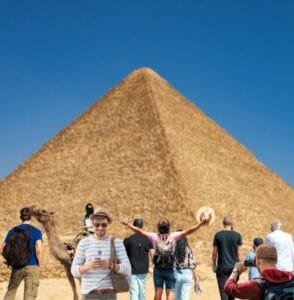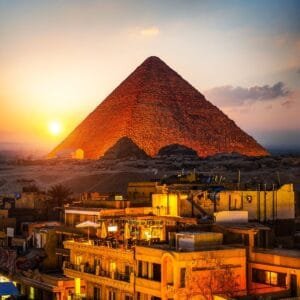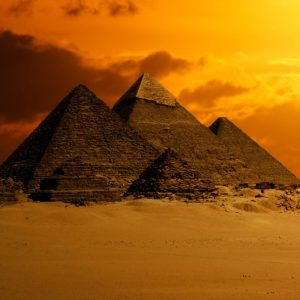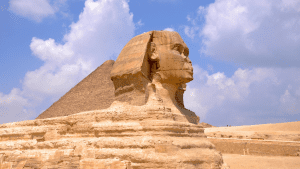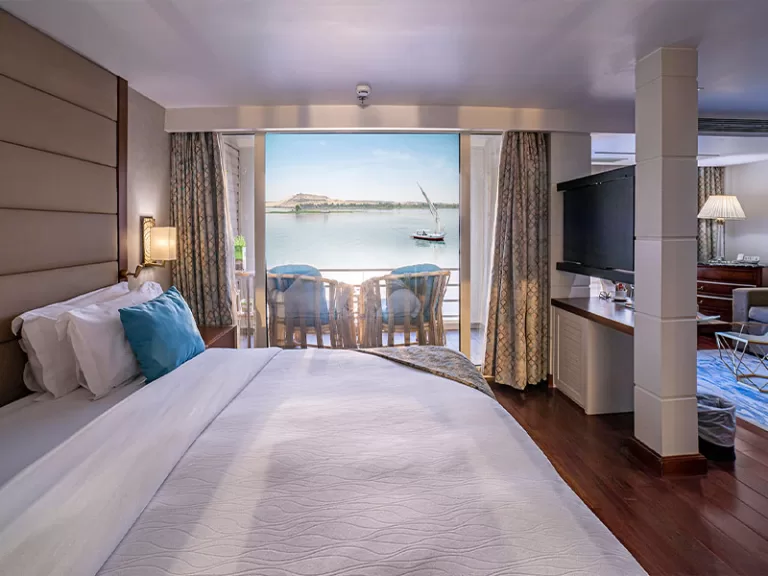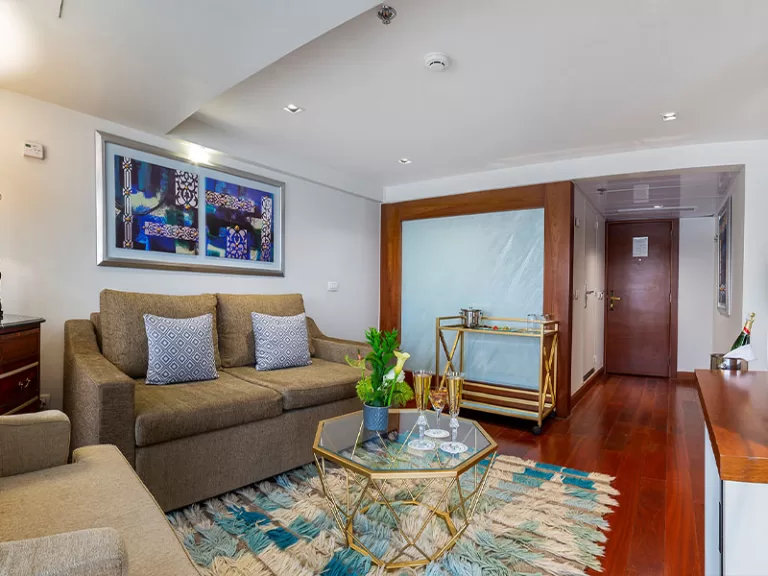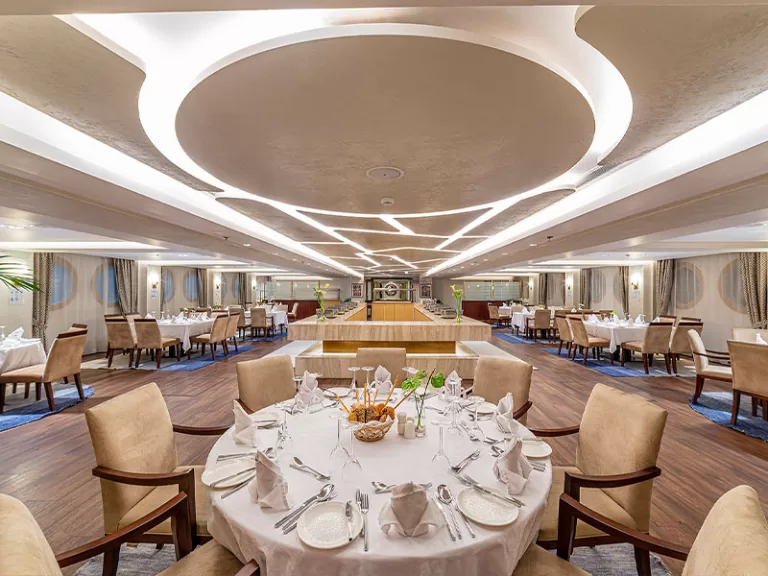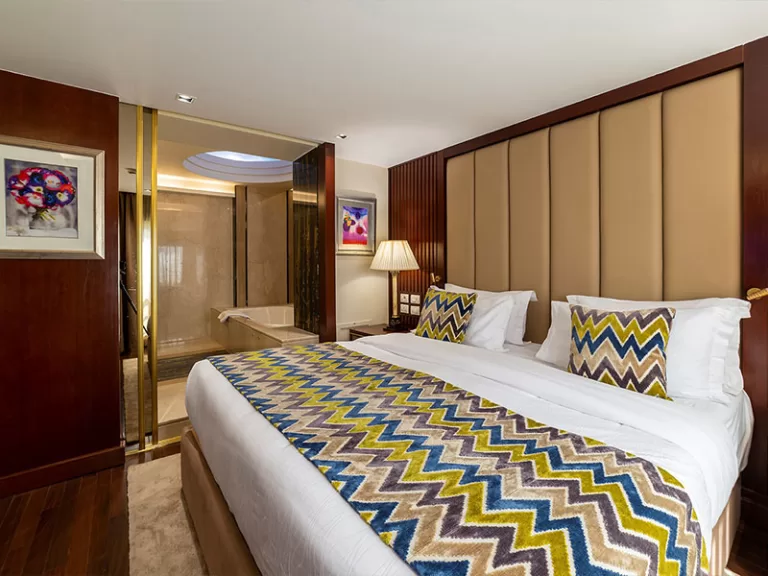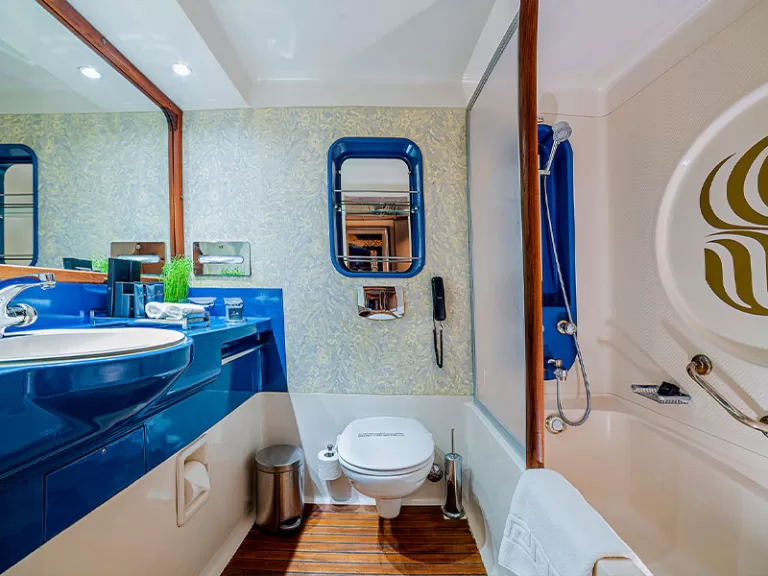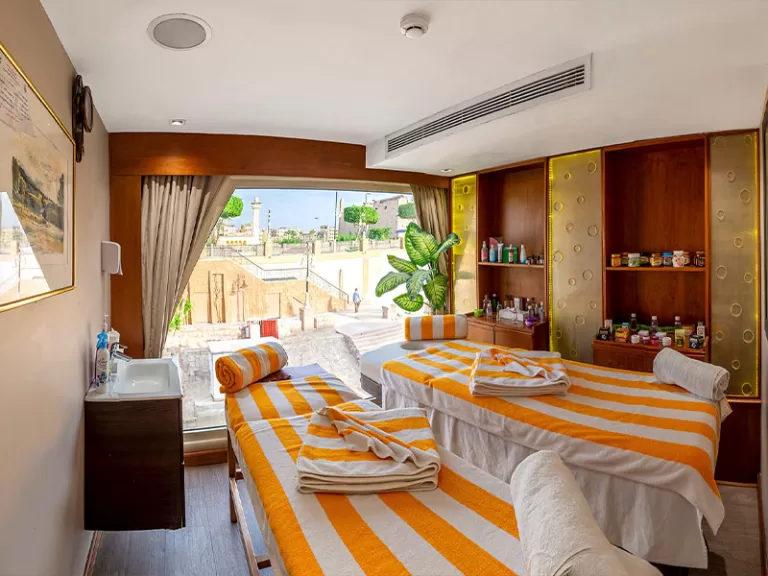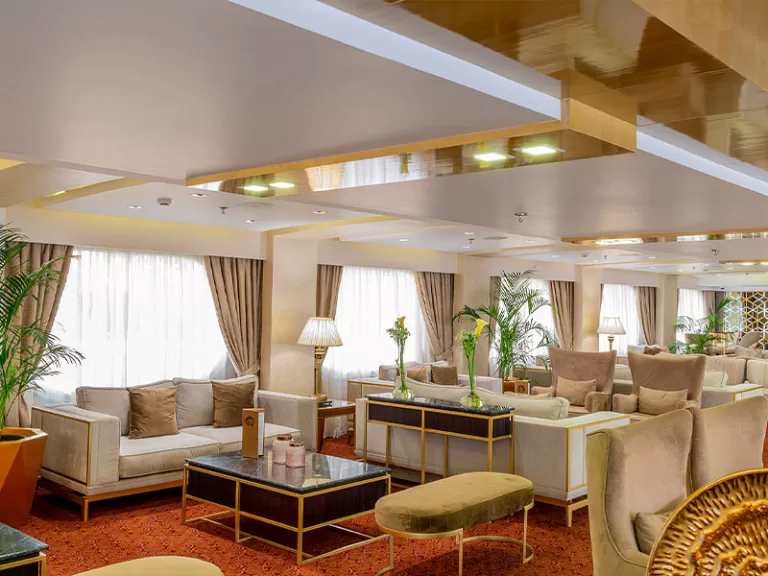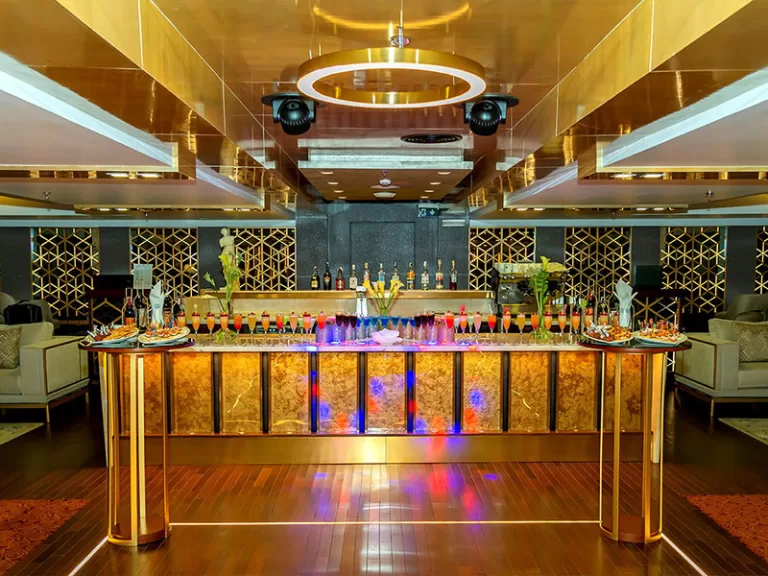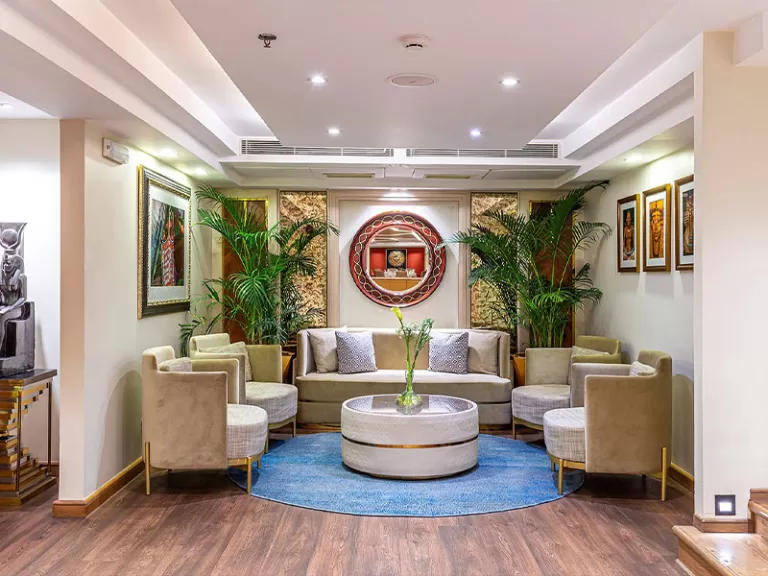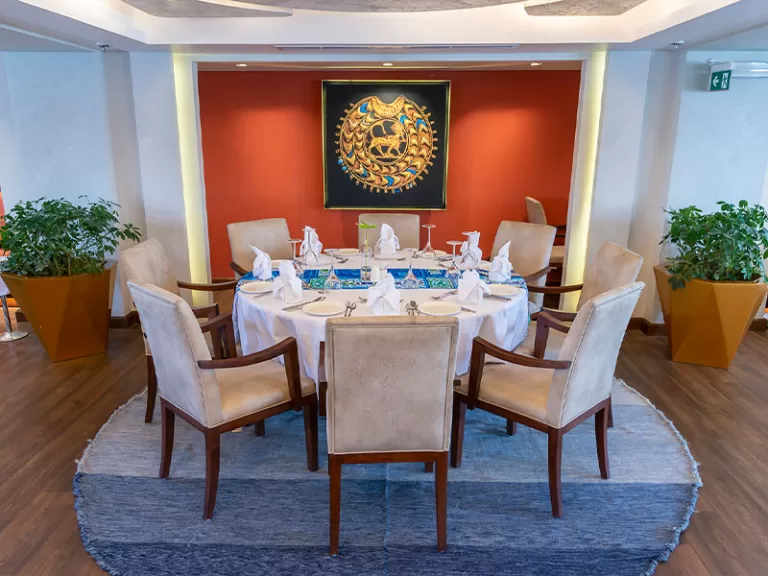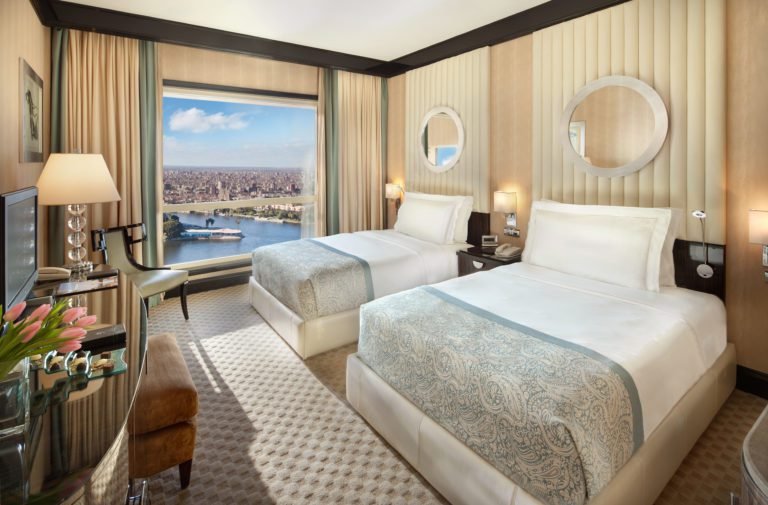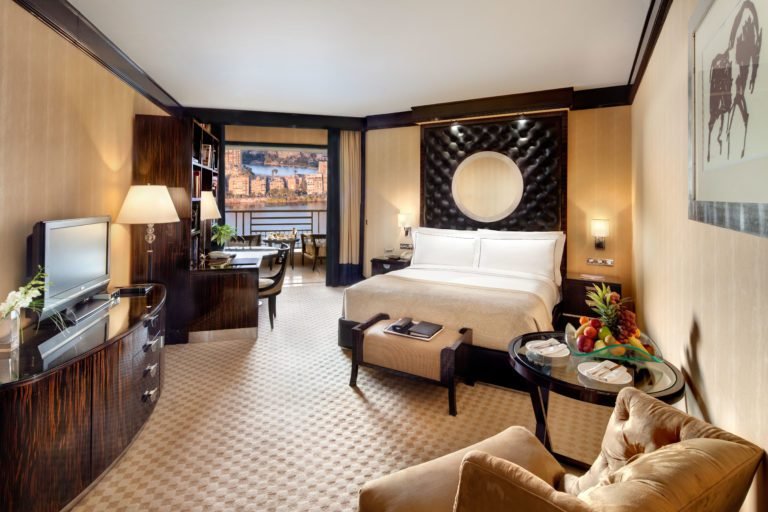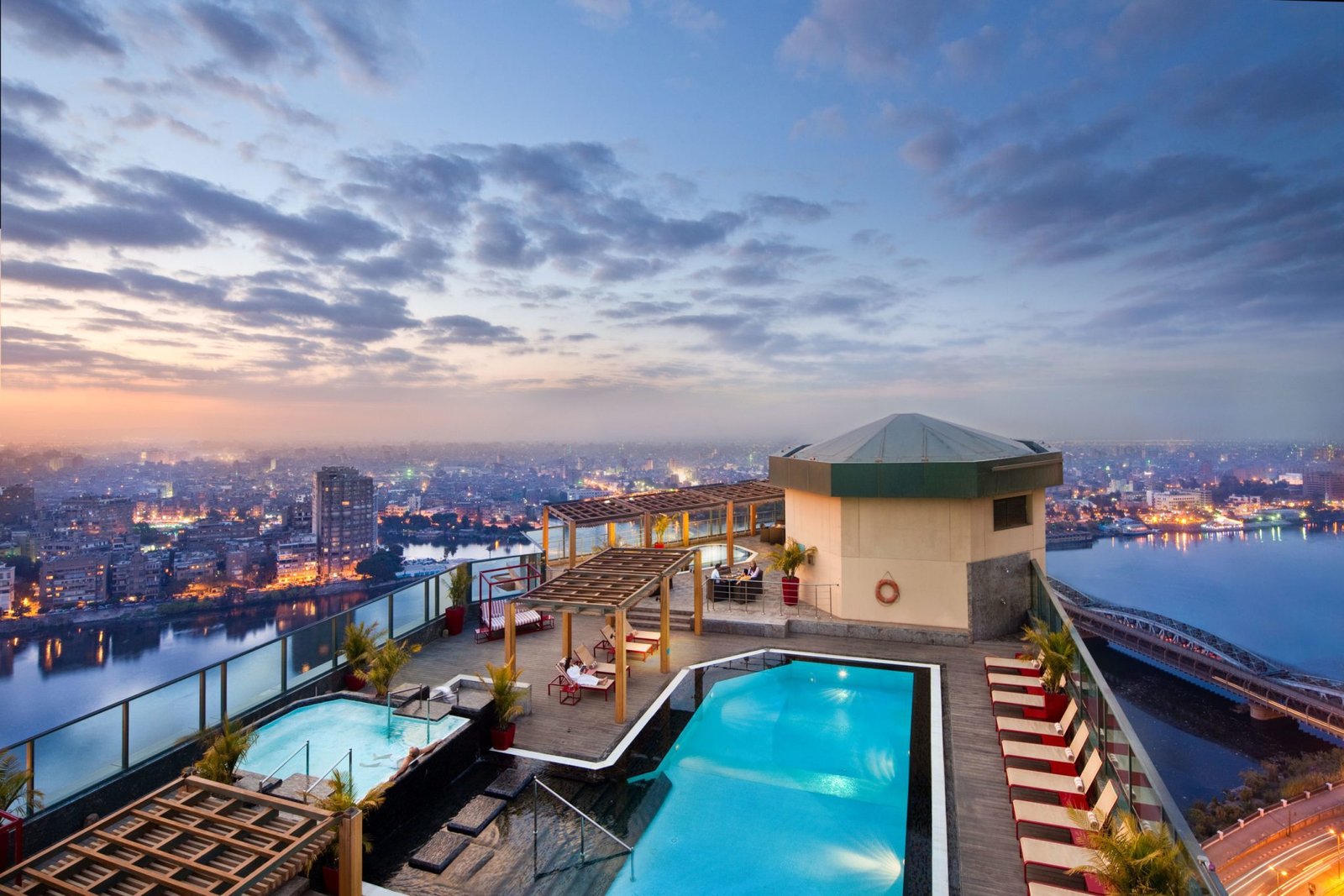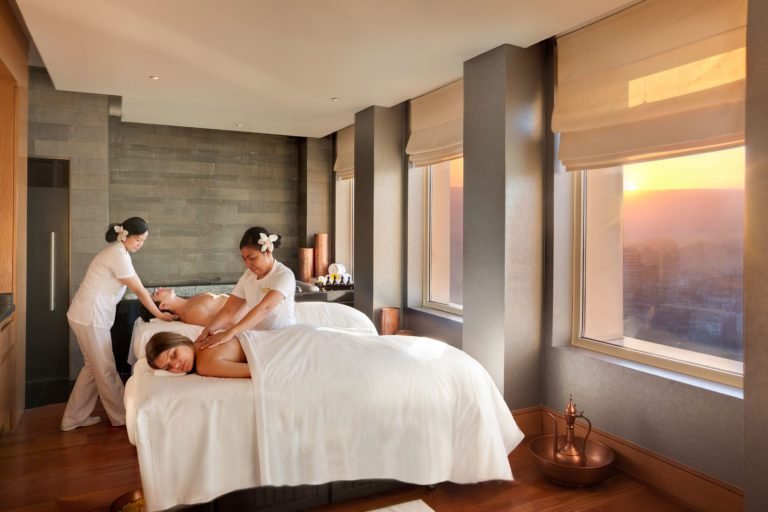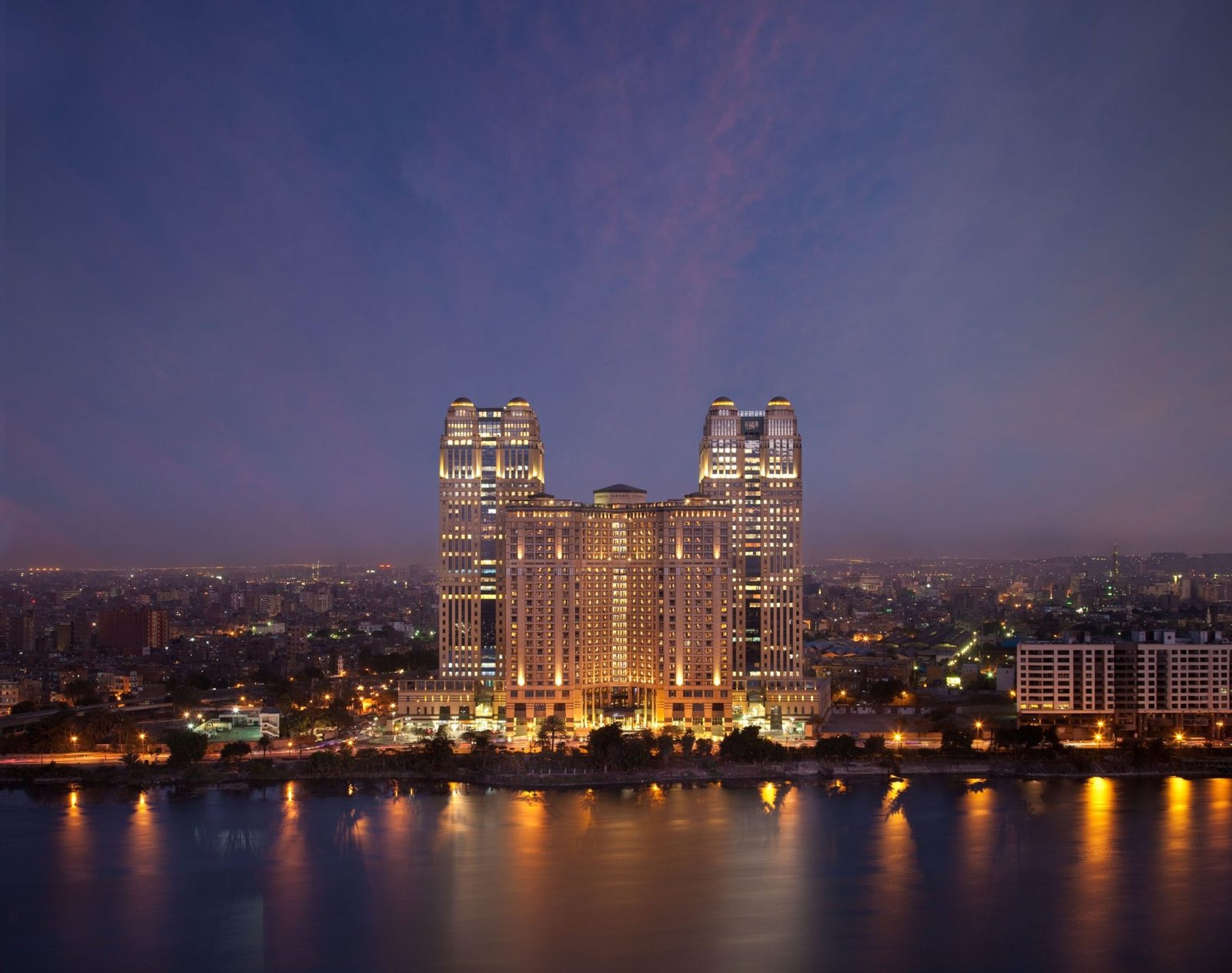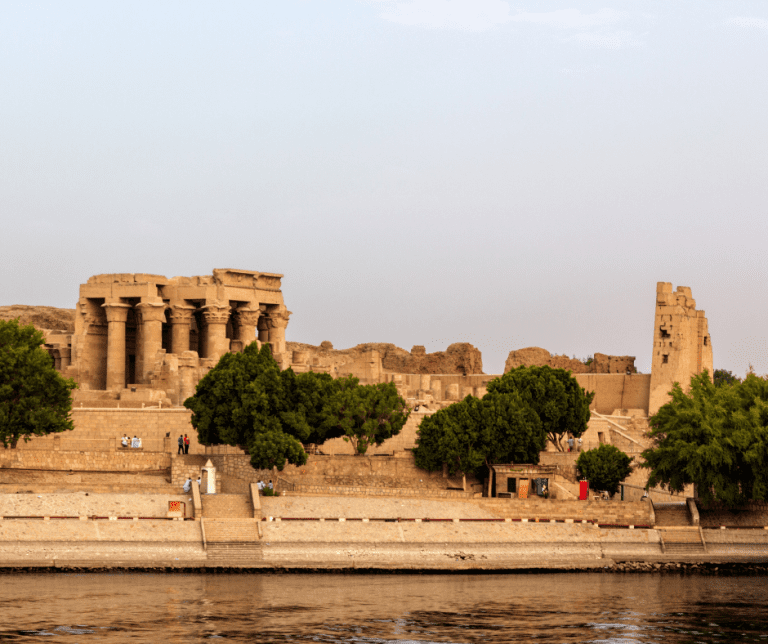
Home » Weekly Blog » Discover the Wonders of Kom Ombo: A Traveler’s Guide
Discover the Wonders of Kom Ombo: A Traveler’s Guide
Table of Contents
Introduction
Nestled on the eastern bank of the Nile River, the temple complex of Kom Ombo stands as a testament to ancient Egyptian ingenuity and reverence for the gods. Imagine walking through grand halls adorned with intricate carvings, where the duality of ancient Egyptian beliefs comes to life in a single, unified structure. Welcome to Kom Ombo, a site like no other, where two gods—Sobek, the crocodile god, and Horus, the falcon-headed god—are worshipped side by side in a harmonious blend of spirituality and history.
Kom Ombo isn’t just a temple; it’s a journey back in time, an exploration of ancient rituals, and a peek into the daily lives of the people who once thrived along the Nile. Whether you’re an avid history buff, an architecture enthusiast, or a curious traveler, Kom Ombo offers a unique and unforgettable experience. In this blog post, we’ll delve into the historical significance, key attractions, and practical tips to help you plan your visit to this extraordinary site. So, get ready to embark on an adventure that will transport you to the heart of ancient Egypt, where every stone has a story to tell and every corner holds a piece of history.
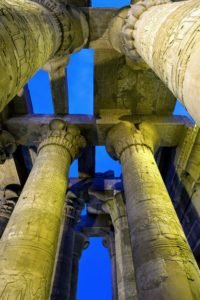
Historical Background
Ancient Origins
Kom Ombo, originally known as Nubt, meaning “City of Gold,” was founded during the Ptolemaic dynasty (305–30 BCE) and later expanded by Roman rulers. This ancient town was strategically located on the Nile, serving as a vital hub for trade and agriculture. Its unique geographical position not only facilitated economic prosperity but also made it a melting pot of cultural and religious influences.
Dual Deities
What sets Kom Ombo apart from other Egyptian temples is its dual dedication to two gods: Sobek, the crocodile god of fertility and creator of the world, and Horus, the falcon-headed god of the sky and protector of the pharaoh. This unusual duality reflects the complex interplay of religious beliefs in ancient Egypt, where multiple deities could be worshipped simultaneously in a single sanctuary. The temple is symmetrically divided into two parallel sections, each with its own entrance, halls, sanctuaries, and chapels dedicated to one of the gods, emphasizing the equal importance of both deities.
Architectural Significance
The architectural brilliance of Kom Ombo is evident in its grand design and intricate details. The temple is constructed from local sandstone and features a symmetrical layout that showcases the Ptolemaic architectural style. Visitors are greeted by a grand entrance adorned with reliefs and hieroglyphs that narrate tales of gods and pharaohs. The hypostyle hall, with its towering columns decorated with lotus and papyrus motifs, leads to the inner sanctuaries where the statues of Sobek and Horus once stood. Notably, the temple’s walls are etched with medical reliefs, including surgical instruments and birthing chairs, providing a glimpse into the advanced medical practices of the ancient Egyptians.
Kom Ombo’s historical and architectural marvels make it a must-visit destination for anyone interested in the rich tapestry of Egypt’s past. As we move forward, we’ll explore the key attractions within the temple complex that continue to captivate visitors from around the world.
Key Attractions
The Temple of Kom Ombo
The Temple of Kom Ombo is the heart of the site, showcasing a blend of architectural grandeur and religious significance. Here are some of the key features you won’t want to miss:
Hypostyle Hall Upon entering the temple, visitors are greeted by the magnificent Hypostyle Hall. This grand hall, supported by 10 columns adorned with intricate carvings of lotus and papyrus plants, is a stunning example of Ptolemaic architecture. The columns and the hall’s ceiling are covered with elaborate reliefs depicting scenes from ancient Egyptian mythology and daily life, offering a captivating glimpse into the past.
Sanctuaries The temple’s dual dedication is most evident in its sanctuaries, where two symmetrical spaces are devoted to Sobek and Horus. Each sanctuary houses altars and niches that once held statues of the gods. The walls are adorned with reliefs illustrating various religious rituals, emphasizing the importance of both deities in the lives of the ancient Egyptians. The sanctuaries are a profound reminder of the temple’s unique role as a place of worship for two distinct gods.
Reliefs and Hieroglyphs Kom Ombo is renowned for its detailed reliefs and hieroglyphs that cover almost every surface of the temple. Among the most famous is the series of medical reliefs, which include depictions of surgical instruments, birthing chairs, and other medical procedures. These carvings provide invaluable insights into the advanced medical knowledge of the ancient Egyptians. Additionally, scenes of offerings, festivals, and mythological stories are intricately carved into the temple walls, offering a rich visual narrative of ancient Egyptian beliefs and practices.
Nilometer
One of Kom Ombo’s most fascinating features is the Nilometer, an ancient device used to measure the Nile River’s water level. This cylindrical structure, located on the temple grounds, allowed priests to predict the annual flooding of the Nile, which was crucial for agriculture. The Nilometer’s measurements were essential for determining tax rates and planning agricultural activities. Visitors can explore this unique piece of ancient technology and appreciate its significance in the daily life of ancient Egyptians.
Crocodile Museum
Adjacent to the temple, the Crocodile Museum offers a unique glimpse into the cult of Sobek. The museum houses a collection of mummified crocodiles, crocodile eggs, and statues, highlighting the reverence the ancient Egyptians had for these powerful creatures. The exhibits provide context for the worship of Sobek and illustrate the intricate relationship between the people and the Nile’s crocodile population. The museum also features artifacts and informative displays that enhance the visitor’s understanding of the temple’s dual dedication.
These key attractions make the Temple of Kom Ombo a compelling destination for travelers. As you explore its ancient halls and marvel at its intricate carvings, you’ll gain a deeper appreciation for the rich history and cultural significance of this extraordinary site. Next, we’ll delve into practical tips for planning your visit to ensure you make the most of your time at Kom Ombo.
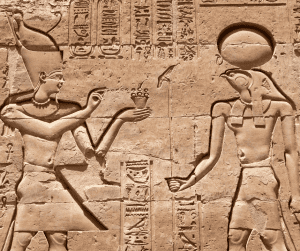
Planning Your Visit
Best Time to Visit
Kom Ombo can be enjoyed year-round, but the best time to visit is during the cooler months from October to April. During these months, temperatures are more comfortable, making it easier to explore the site without the intense heat of the Egyptian summer. Early mornings and late afternoons are also ideal for visiting, as the soft light creates a magical atmosphere and enhances the beauty of the temple’s reliefs.
Getting There
Kom Ombo is accessible by various modes of transportation, each offering a unique travel experience:
Nile Cruises One of the most popular ways to visit Kom Ombo is by taking a Nile cruise. Many cruises traveling between Aswan and Luxor include a stop at Kom Ombo, allowing passengers to disembark and explore the temple. This option combines convenience with the added charm of cruising along the historic Nile River.
Trains Trains are another viable option, with regular services running between major cities like Cairo, Luxor, and Aswan. The nearest train station to Kom Ombo is in the town itself, a short distance from the temple. From the station, visitors can easily reach the site by taxi or a brief walk.
Road Trips For those who prefer a more flexible schedule, renting a car or hiring a private driver offers the freedom to explore Kom Ombo and nearby attractions at your own pace. The drive from Aswan to Kom Ombo takes about an hour, making it a convenient day trip.
Entry Fees and Hours
As of the latest update, the entrance fee for Kom Ombo is around 100 EGP for adults and 50 EGP for students. The site is open daily from 8:00 AM to 5:00 PM. However, it’s always a good idea to check for any changes in fees or hours before your visit, as these can vary.
Guided Tours
While exploring Kom Ombo on your own is entirely possible, hiring a guide can greatly enhance your experience. Knowledgeable guides provide in-depth historical context, explain the significance of the reliefs and hieroglyphs, and share fascinating stories that bring the temple to life. Guided tours can be arranged through Nile cruises, local tour operators, or directly at the site.
Practical Tips
What to Bring
To ensure a comfortable visit, consider packing the following essentials:
- Water: Stay hydrated, especially if visiting during warmer months.
- Sunscreen and Hat: Protect yourself from the sun with sunscreen and a wide-brimmed hat.
- Comfortable Footwear: Wear sturdy, comfortable shoes suitable for walking on uneven surfaces.
- Camera: Capture the beauty of Kom Ombo, but be mindful of photography regulations.
Dress Code
Dress modestly and comfortably to respect local customs and the site’s historical significance. Lightweight, breathable clothing is recommended, along with a scarf or shawl for additional sun protection.
Photography Tips
Kom Ombo offers numerous photo opportunities, from the grand Hypostyle Hall to the detailed reliefs. The best lighting conditions for photography are in the early morning or late afternoon. Be sure to check if flash photography is allowed, and always respect any signs prohibiting photography in certain areas.
Accessibility
Kom Ombo is relatively accessible for travelers with disabilities, though some areas may present challenges due to uneven terrain. Ramps and pathways provide access to most parts of the temple, but it’s advisable to contact the site in advance to discuss specific accessibility needs and arrange for any necessary accommodations.
With these practical tips in mind, you’re well-prepared to embark on your journey to Kom Ombo. Next, we’ll explore nearby attractions to consider adding to your itinerary, ensuring a rich and comprehensive travel experience in this fascinating region of Egypt.
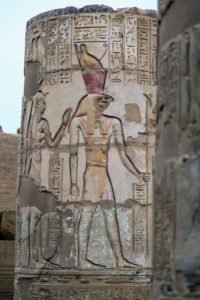
Conclusion
Kom Ombo is more than just an ancient temple; it’s a portal to a world where gods and humans coexisted, where art and architecture flourished, and where the Nile River was the lifeblood of civilization. Whether you’re wandering through the grand Hypostyle Hall, marveling at the medical reliefs, or exploring the Crocodile Museum, Kom Ombo offers a rich and immersive experience that will leave you in awe of ancient Egypt’s legacy.
As you plan your visit, remember to consider the best times to go, the most convenient ways to get there, and the practical tips to ensure a comfortable and enjoyable trip. And don’t forget to explore nearby attractions in Aswan and Edfu, or embark on a Nile cruise to fully appreciate the wonders of this historic region.
So pack your bags, grab your camera, and get ready to step back in time as you discover the wonders of Kom Ombo. This extraordinary site is waiting to share its stories with you, promising an unforgettable journey through the heart of ancient Egypt.



